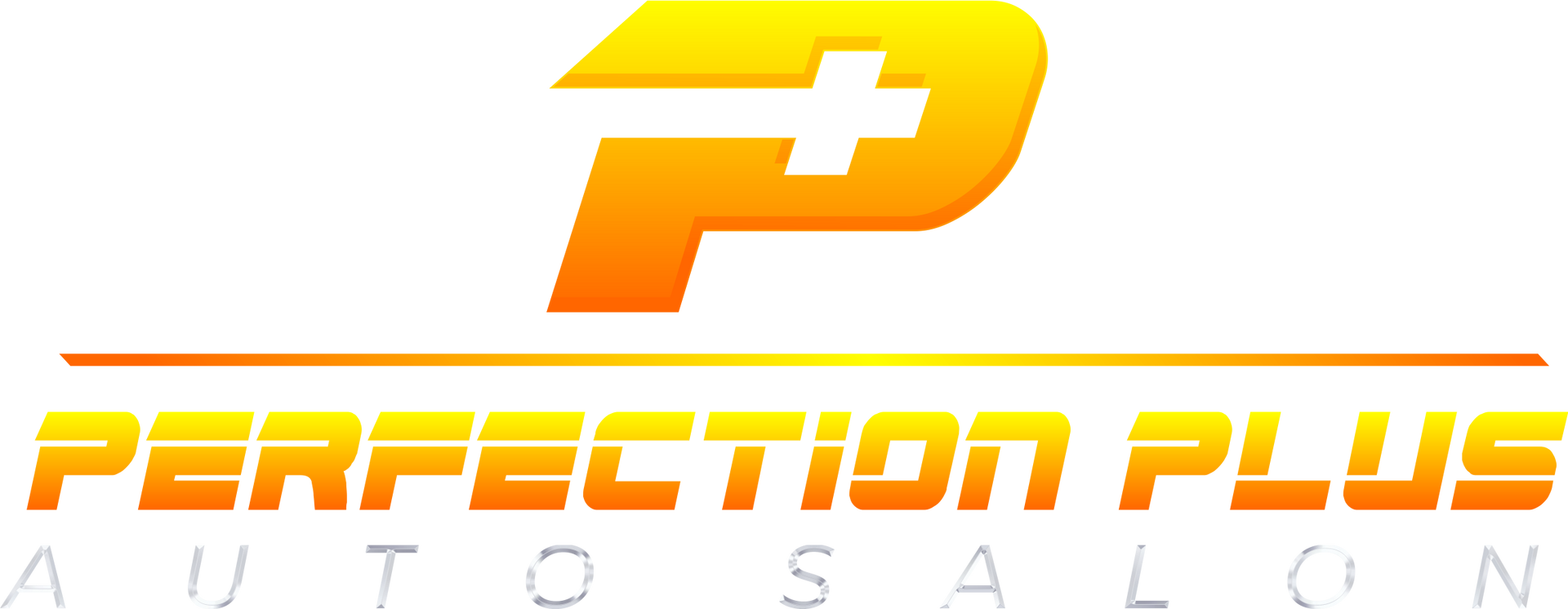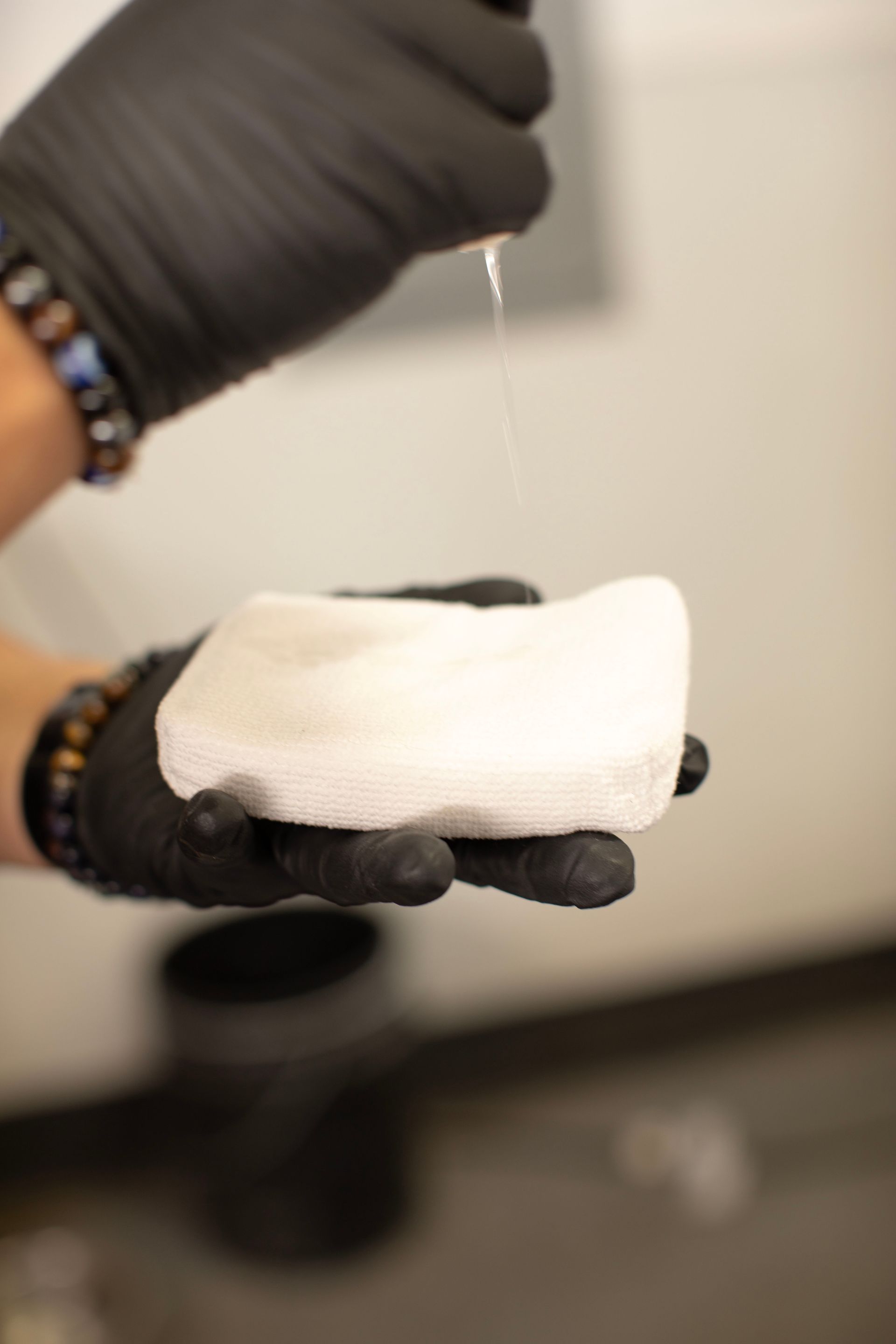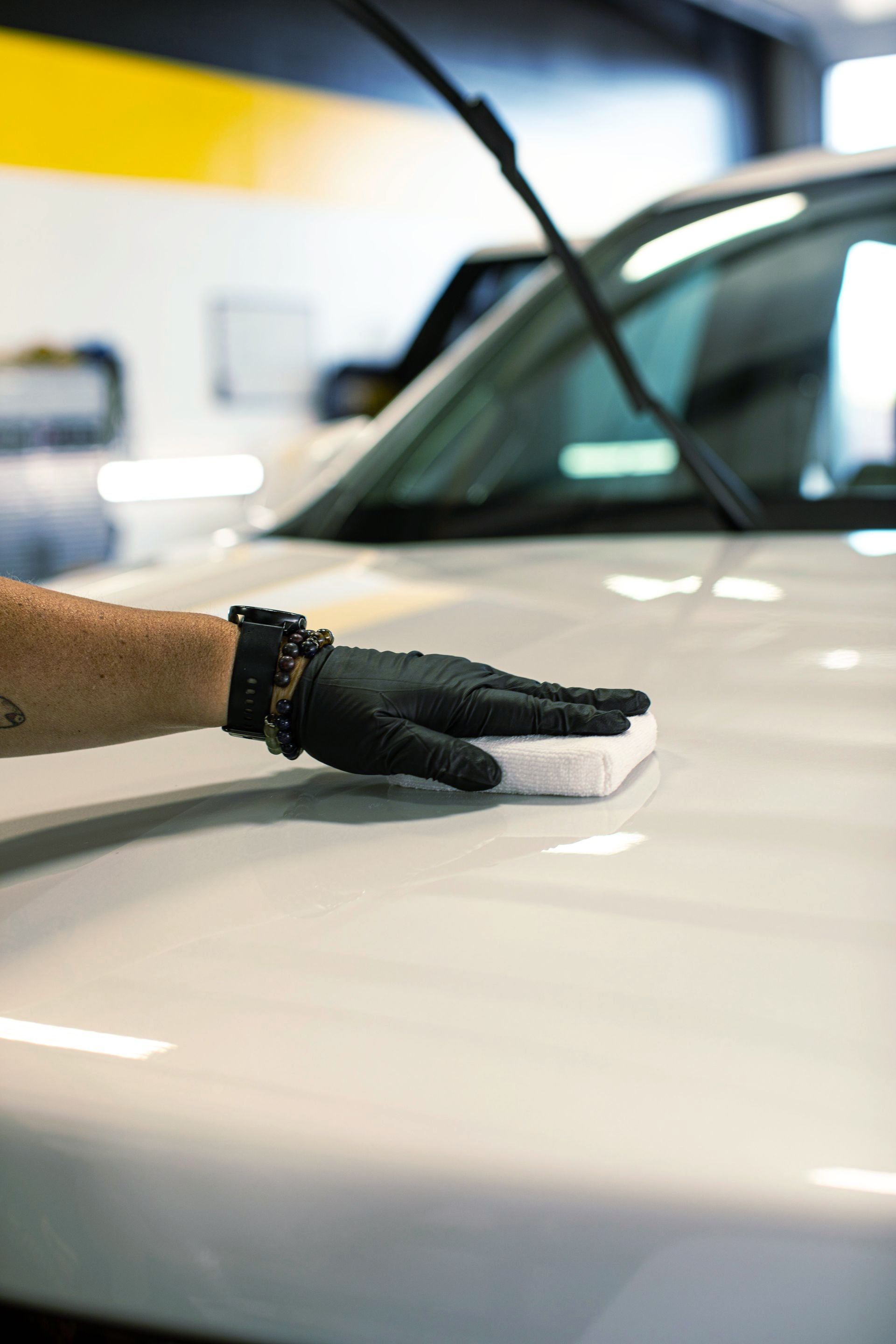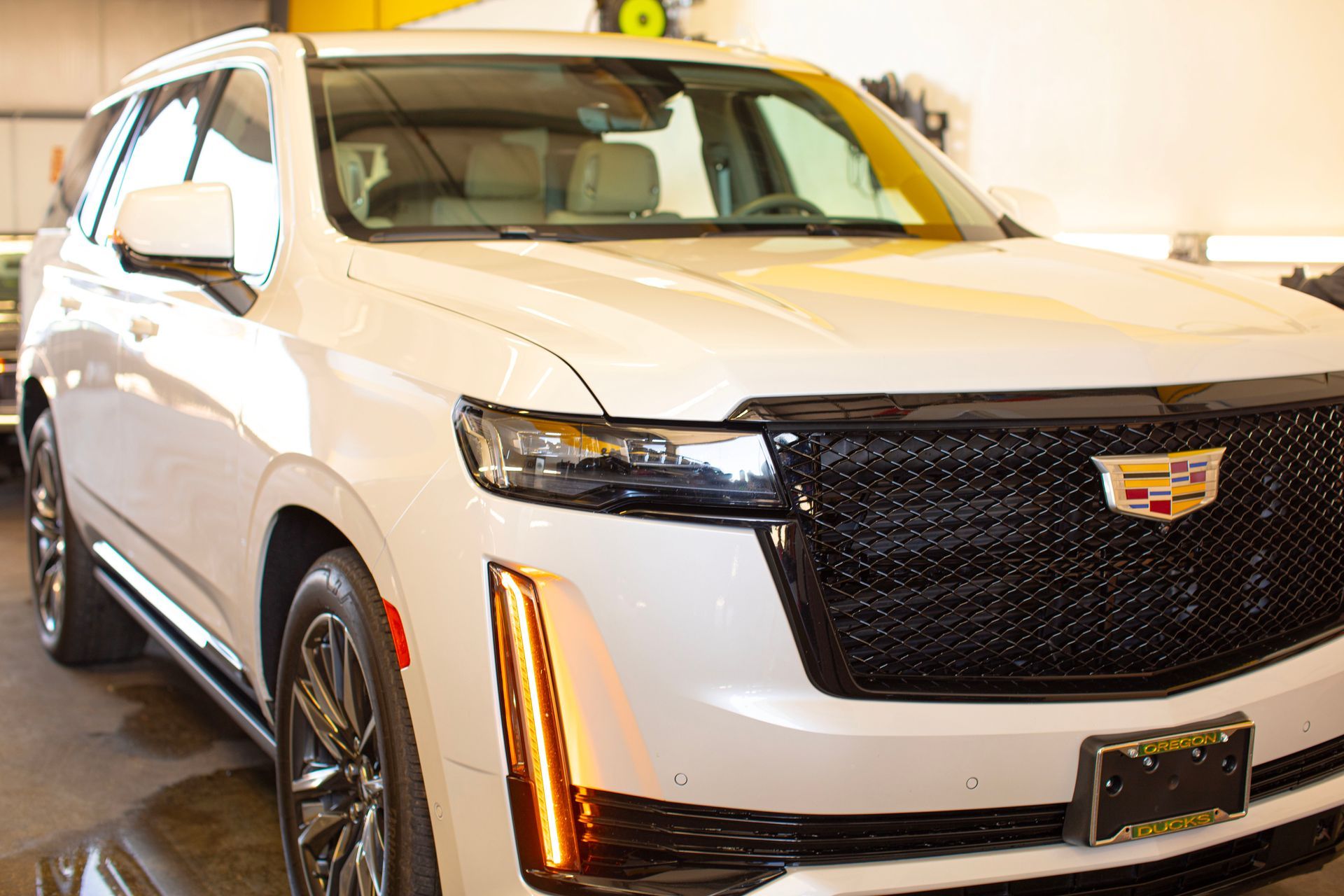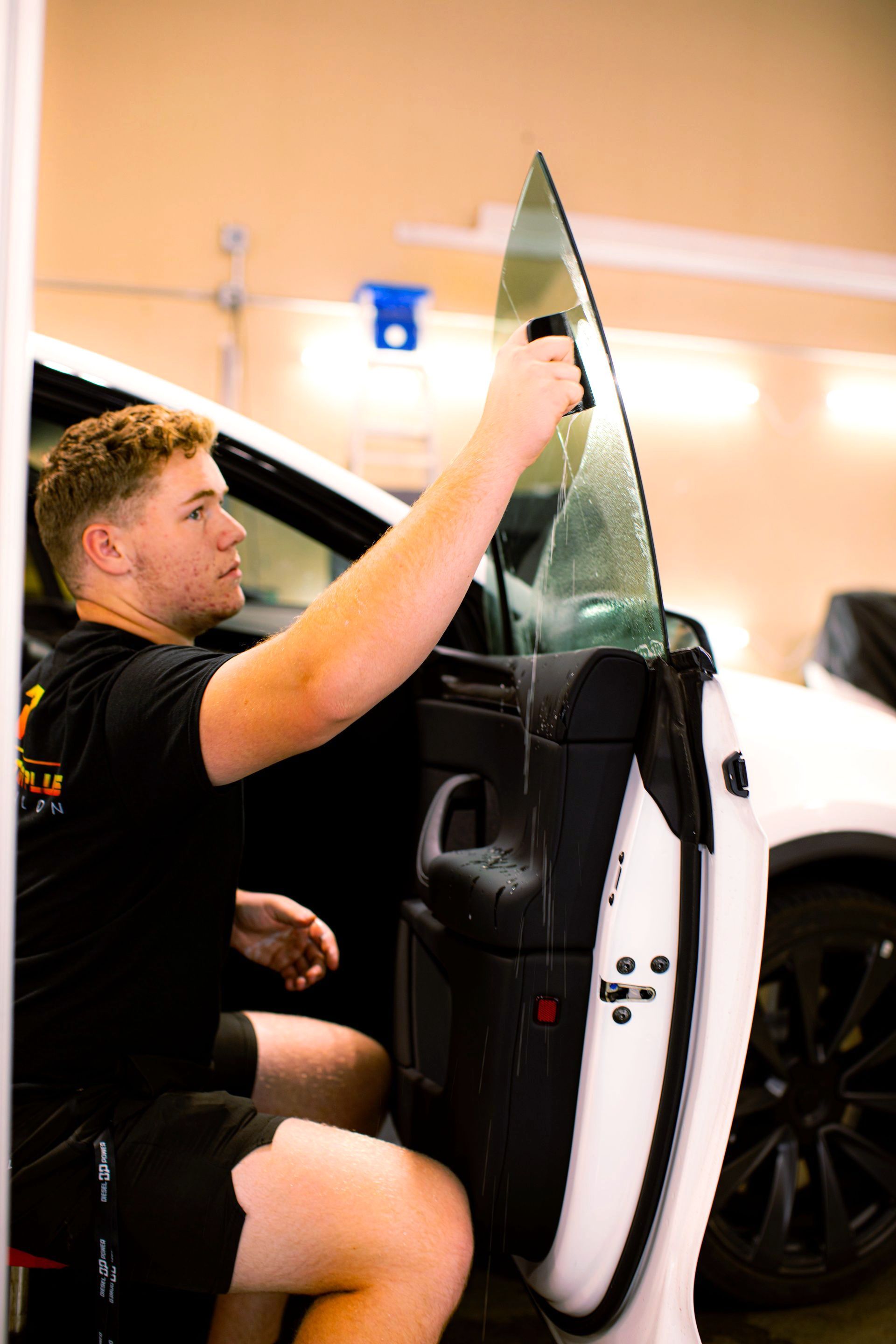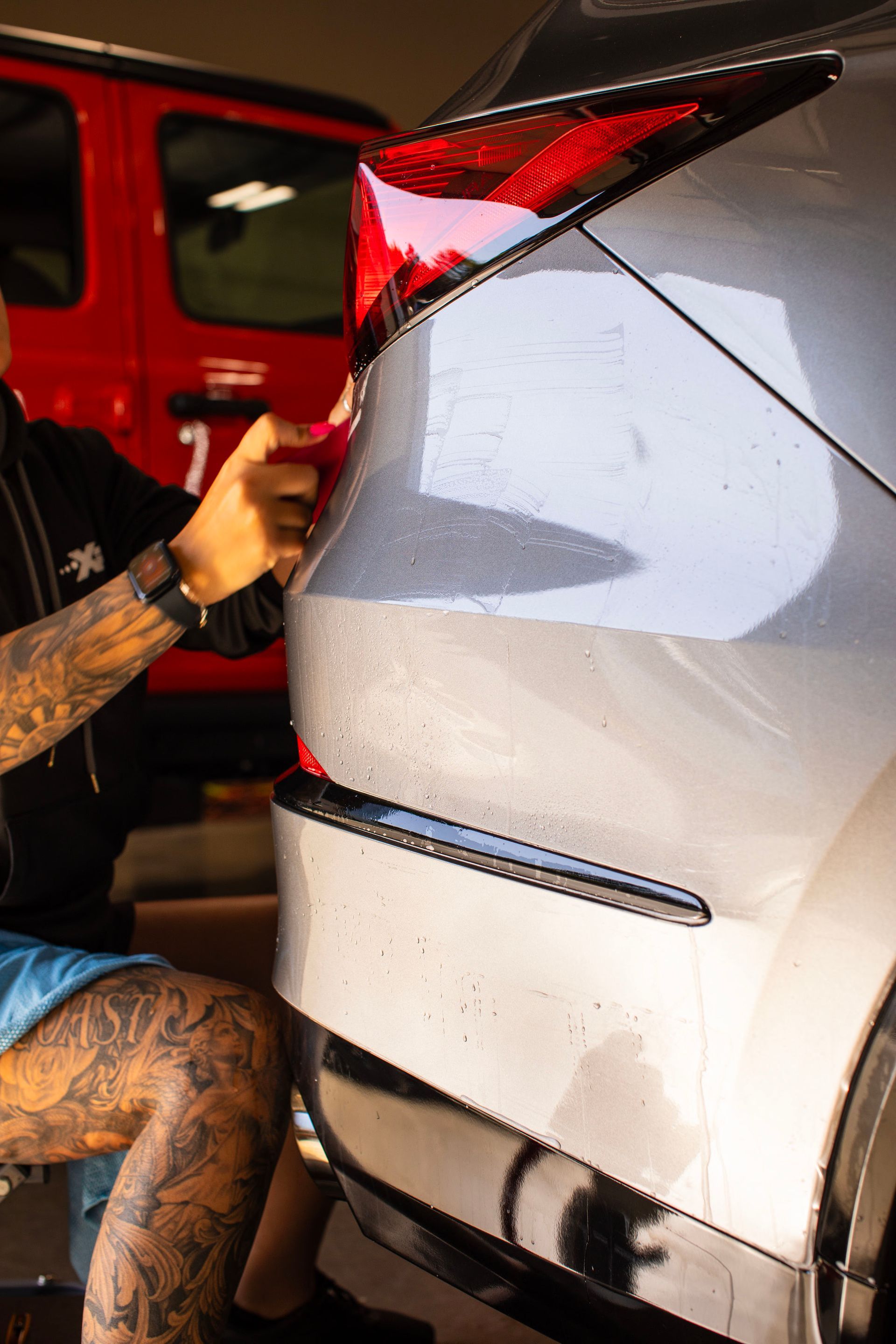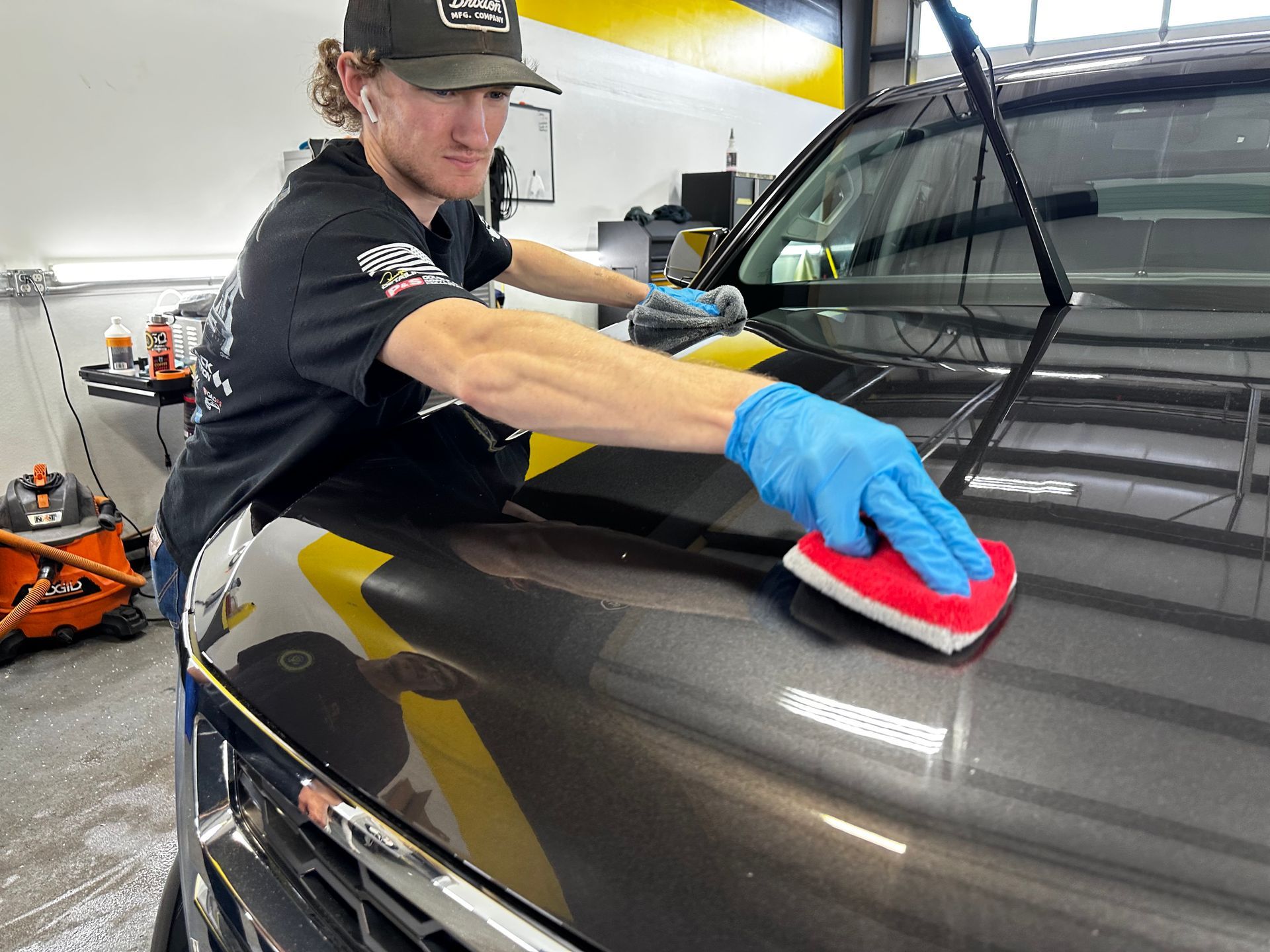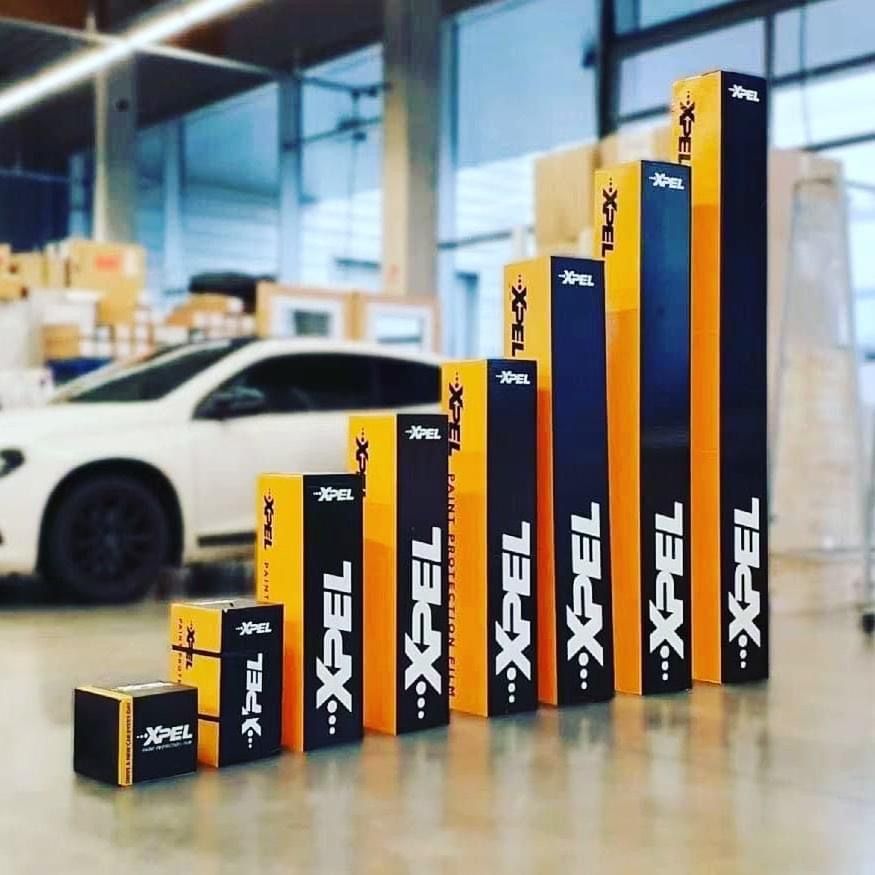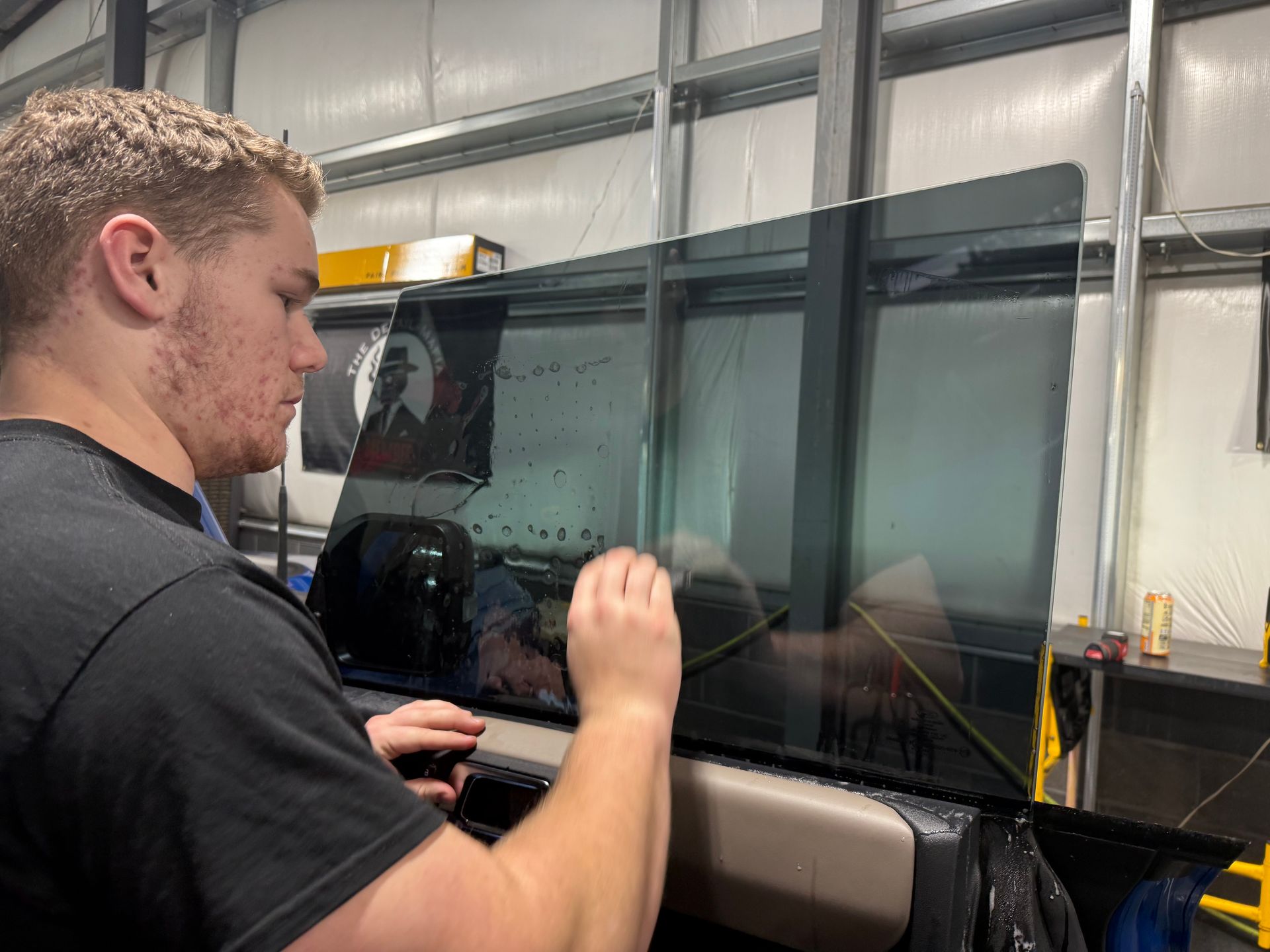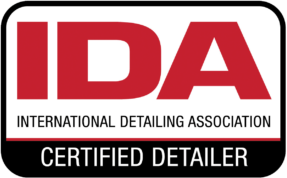Benefits of Ceramic Coating for High-Mileage Vehicles: Boost Your Car's Performance and Longevity
GET A FREE ESTIMATEMany high-mileage vehicle owners often wonder if investing in ceramic coating is truly beneficial for their older cars. The reality is that maintaining a pristine appearance often goes hand-in-hand with preserving a car's overall health and performance. Imagine cruising in your beloved vehicle that looks just as stylish as when you first laid eyes on it—despite clocking hundreds of thousands of miles.
Ceramic coating provides several benefits for high-mileage vehicles, including protection against environmental damage such as UV rays and acid rain, which helps maintain the vehicle's aesthetic appeal. Additionally, its hydrophobic properties make maintenance easier by preventing dirt and grime from adhering to the surface, allowing high-mileage vehicles to maintain a 'like-new' appearance over time.
Why Ceramic Coating for High-Mileage Vehicles?
High-mileage vehicles often exhibit visible signs of wear, including paint degradation, which detract from their overall appearance. However, ceramic coatings present an effective solution to these concerns by acting as a protective barrier that helps prevent further damage. Many vehicle owners wonder, "Is it really worth it?" The answer typically leans towards a resounding yes because the advantages of ceramic coatings far outweigh the initial investment.
Here are the advantages of ceramic coating:
- Enhanced Durability: Ceramic coatings increase a vehicle’s resilience against environmental factors like UV rays, acid rain, and road debris, ensuring long-lasting protection.
- Improved Aesthetics: Many vehicle owners, especially those with high-mileage cars, report significant improvements in both appearance and preservation after applying ceramic coatings.
- Chemical Resistance: Ceramic coatings offer strong resistance to chemical stains, protecting vehicles from everyday hazards like bird droppings and tree sap.
- Hydrophobic Properties: The hydrophobic nature of ceramic coatings causes water to bead up and roll off surfaces, preventing water spots and corrosion while simplifying the cleaning process.
- Reduced Maintenance Costs: Since dirt and grime don’t cling easily to the coated surfaces, ceramic coatings reduce the effort and costs associated with regular cleaning and maintenance.
- Long-Lasting Protection: A well-applied ceramic coating can last between two and five years, providing far more durability compared to traditional waxes, which require frequent reapplication.
With these protective benefits, ceramic coatings help maintain the performance and longevity of vehicles, making them a valuable investment for car owners.
Surface Protection Benefits
One of the primary benefits of ceramic coating is its exceptional ability to defend your vehicle against a wide array of environmental threats. Picture this: you’ve just washed your car, admiring its gleaming finish, only to have it spoiled by bird droppings or road grime within the next few days. This frustration can be minimized with ceramic coatings.
When we talk about ceramic coatings, one of the most impressive features is their repellent properties. They create a hydrophobic surface that actively resists water, oil, and various chemical contaminants. This means that everyday grime—from mud splashes after a rainstorm to sticky tree sap—will have little chance of adhering to your car’s surface. Not only does this keep your car cleaner for longer, but it also makes the cleaning process significantly easier when the time comes.
Appearance and Gloss Advantages
Believe it or not, older vehicles can look as good as new when treated with a high-grade ceramic coating. This transformative product does more than just protect; it elevates your car's elegance by creating a stunning visual impact. One of the most notable benefits of ceramic coatings is their ability to provide prolonged shine. Unlike traditional wax that fades quickly after a few washes, a ceramic coating dramatically increases the reflective properties of your vehicle’s paint. This results in an impressive, high-gloss finish that endures through regular use.
Beyond just shine, ceramic coatings amplify the depth and clarity of your vehicle's color. When applied correctly, they enhance the richness and vibrancy of your car's paintwork. Picture your vehicle—the hues intensifying and illuminating under natural light. The clarity achieved with the coating ensures that your car looks fresh no matter how many miles it has traveled. Weaving these aspects together—prolonged shine and enhanced color depth—creates an inviting allure for any car owner who takes pride in their vehicle’s appearance.
UV and Weather Resistance
High-mileage vehicles often bear the brunt of relentless environmental factors that can wreak havoc on their paint jobs and overall integrity. The sun's UV rays are particularly damaging; they accelerate oxidation—a process where the paint slowly deteriorates, leaving unsightly blemishes and dull surfaces. Thankfully, ceramic coating acts as a formidable shield, effortlessly combating these foes. By forming a protective layer over the paint, ceramic coatings effectively reflect harmful UV rays, preventing fading and degradation. This is crucial for cars left outdoors, ensuring that vibrant colors and original luster remain intact for much longer.
Now, let’s shift our focus to how ceramic coatings stand up against various weather conditions. Severe weather poses challenges such as acid rain, snow, and extreme temperature fluctuations that can erode traditional finishes. Here’s where ceramic coatings shine again. They create a barrier that resists the corrosive effects of acid rain, which is notorious for tarnishing paintwork. This weather resistance not only helps protect your car but also makes regular upkeep simpler.
Simplified Maintenance
The appeal of ceramic coatings often lies in their promise of making car care easier. With the application of a ceramic coating, the surfaces of vehicles are transformed into sleek barriers against dirt and grime. This modern technology means that vehicles with ceramic coatings generally require less frequent washing since dirt has a harder time sticking. For instance, when rainwater hits a ceramic-coated vehicle, it forms beads that roll off rather than linger. These beads carry away much of the debris and dust along for the ride, effectively cleaning while you drive through wet conditions.
Maintaining a ceramic-coated surface is remarkably straightforward. Typically, all you need is mild car wash soap mixed with water. This combination allows you to maintain that sleek shine without resorting to harsh chemicals or abrasive scrubbing pads that can damage unprotected paint. This not only saves time but also protects your vehicle's finish over the long haul. By streamlining your cleaning regimen, you're cutting down on both labor and environmental impact—a win-win for your schedule and nature!
Financial Benefits and Investment
Investing in ceramic coating is more than just a cosmetic upgrade; it’s about protecting your investment. When you apply a ceramic coat, you're not merely adding a layer of shine; you're safeguarding your vehicle against various environmental elements that could cause substantial damage over time. This protective barrier helps prevent oxidation, paint discoloration, and environmental contaminants—common sources of depreciation for any vehicle. By avoiding these issues, you can significantly extend the life of your car's exterior and maintain its overall aesthetic appeal.
- Long-Term Savings: By preventing damage and reducing the need for frequent professional detailing, a ceramic coating saves money over time. Industry data suggest that car owners save up to 30% on maintenance costs over five years with ceramic coatings. Rather than spending money every few months to detail a worn-out finish, your investment in ceramic will keep your car looking clean and new longer, allowing you to divert those funds elsewhere. While the initial cost of applying ceramic coating might seem steep—ranging from $500 to $2,500 depending on quality—this one-time expense is often less than recurring detailing fees. Additionally, savings from minimizing repairs caused by environmental damage highlight the financial sense in this investment.
- Higher Resale Value: A well-maintained exterior boosts a vehicle's resale value. Therefore, ceramic coating can attract potential buyers by showcasing a car that looks much newer and better maintained than its high mileage might suggest. Many buyers prefer a car with a history of high-quality upkeep, and a ceramic-coated car has the visual proof to back it up. Cars with excellent paintwork command higher prices on the market due to their perceived value. Think of it as making your vehicle resume-worthy—it stands out among other listings because it reflects care and attention. According to recent sales studies, vehicles maintained with high-quality finishes can yield an additional 15-20% at resale compared to those without proper maintenance or protection.
Ultimately, investing in ceramic coating goes beyond enhancing beauty; it's about ensuring longevity and maximizing financial returns when it's time to part with your beloved vehicle. Every glance at that shiny exterior symbolizes sound financial decision-making that pays dividends in both enjoyment during ownership and profitability at resale. With these significant benefits in mind, investing in ceramic coating for high-mileage vehicles seems not only wise but essential for maintaining performance and value over the long haul.
Superior Ceramic Coating Services in Redmond, OR
Perfection Plus Auto Salon offers
superior ceramic coating services in Redmond, OR, providing long-lasting protection and an enhanced shine for your vehicle. Our advanced ceramic coating formulas create a resilient barrier against environmental contaminants, UV damage, and oxidation, helping to maintain your car’s pristine appearance. With expert application and attention to detail, our team ensures your vehicle is protected and looks its best. Choose Perfection Plus Auto Salon to give your vehicle the premium care it deserves with our professional ceramic coating services! Call us at (541) 598-6193 to get started today!
